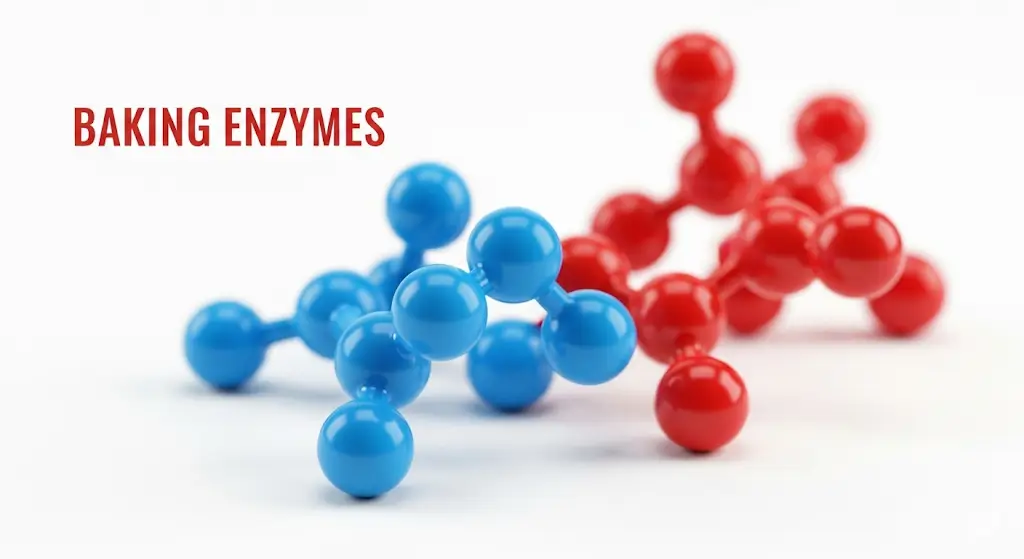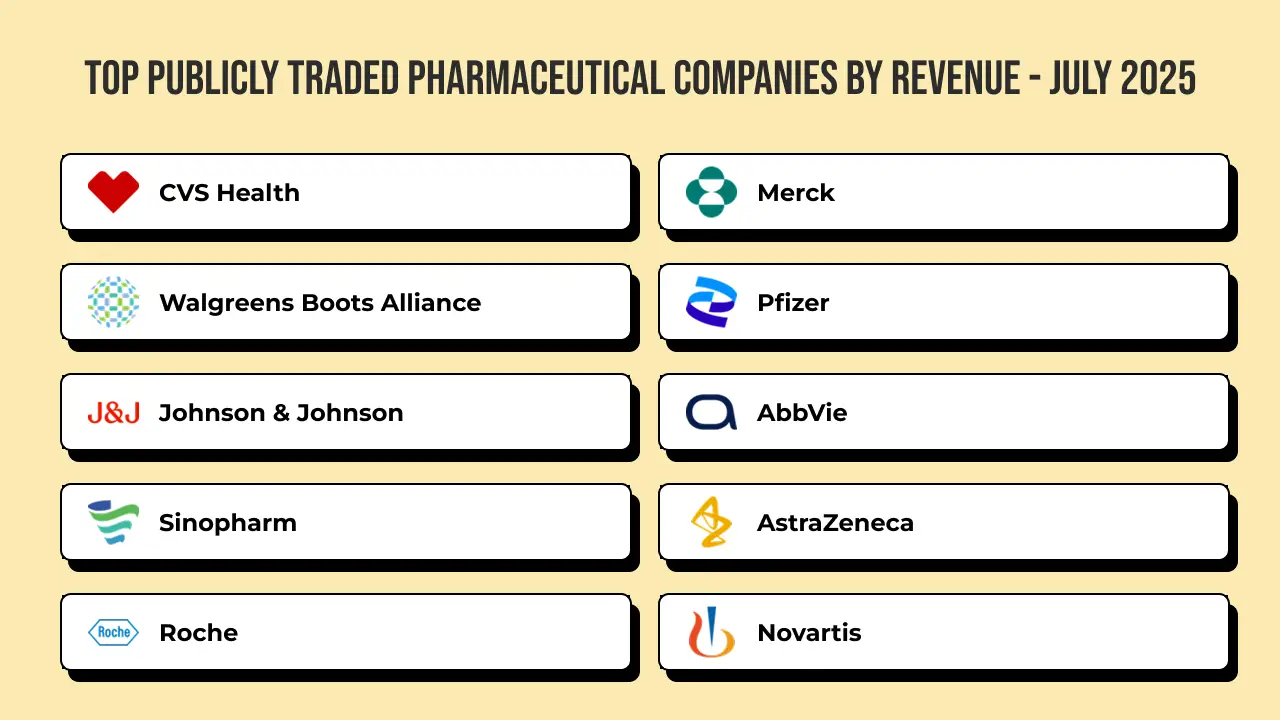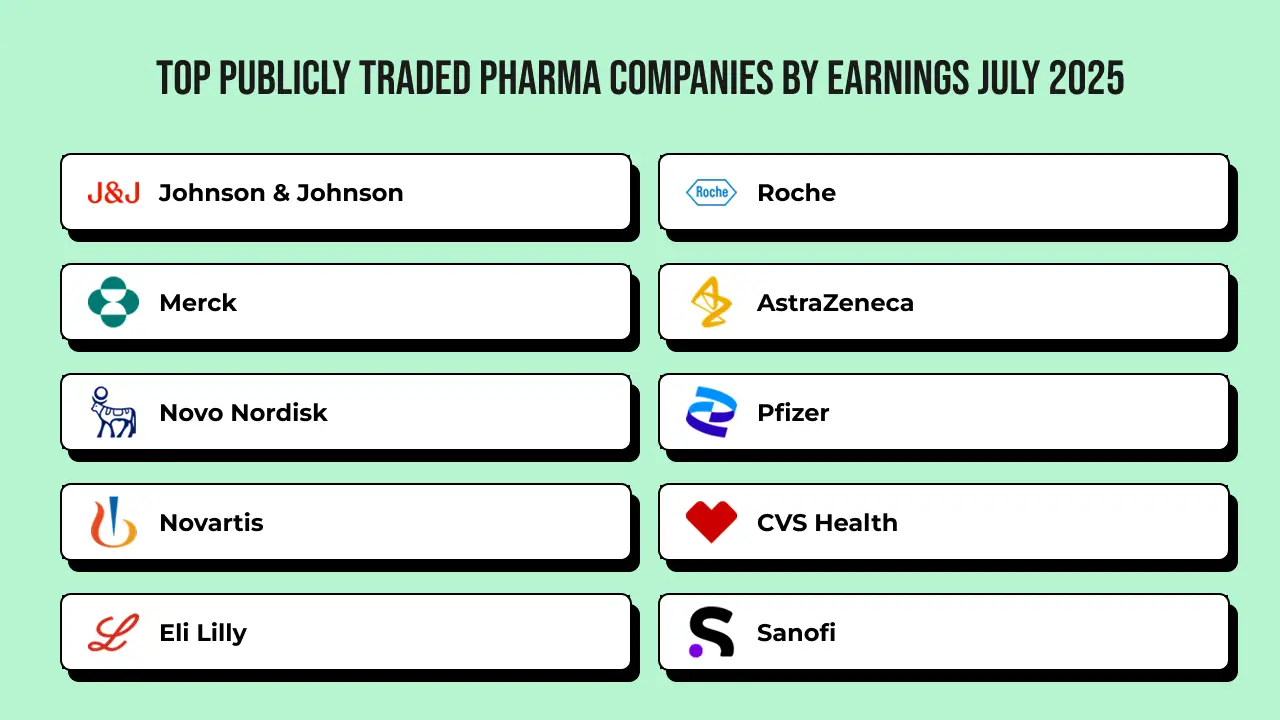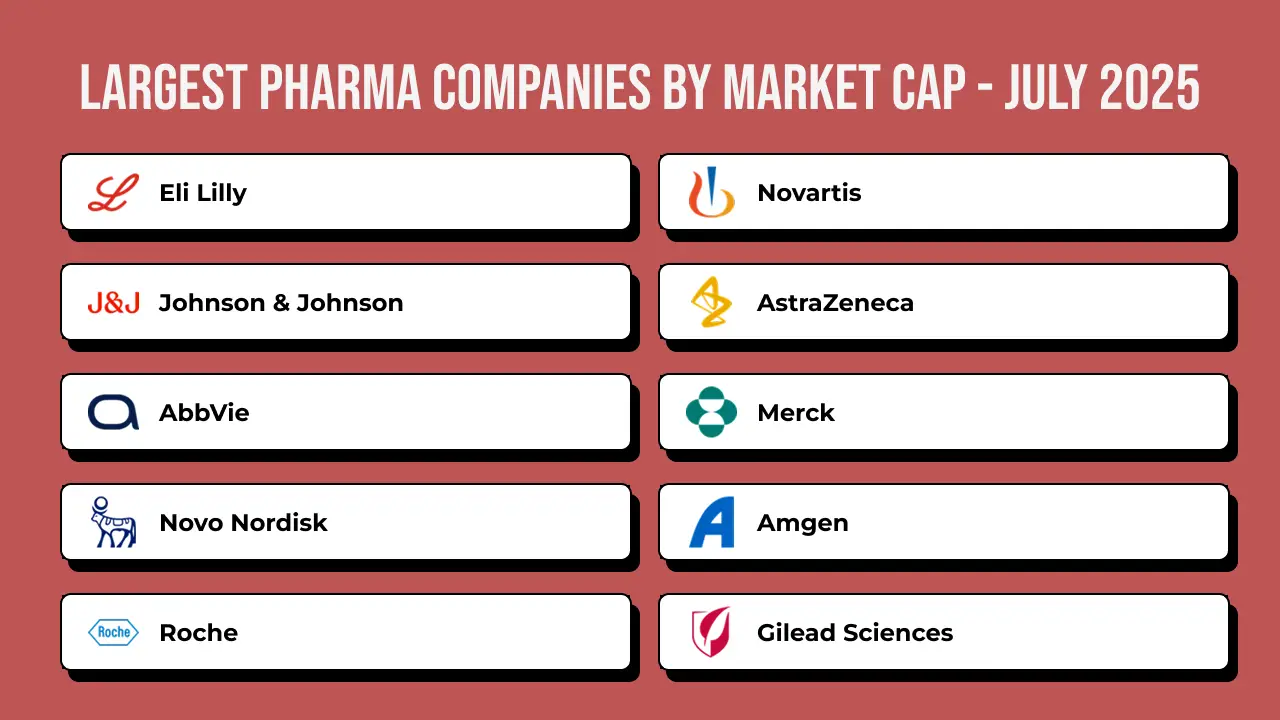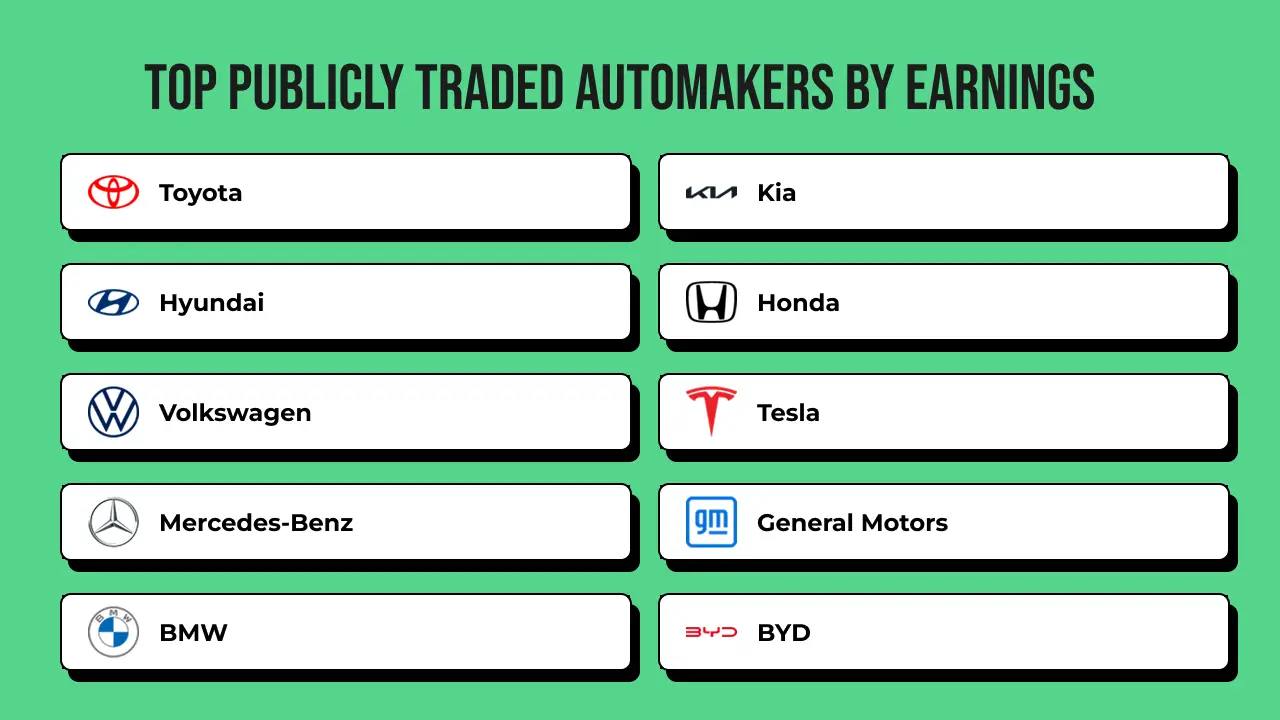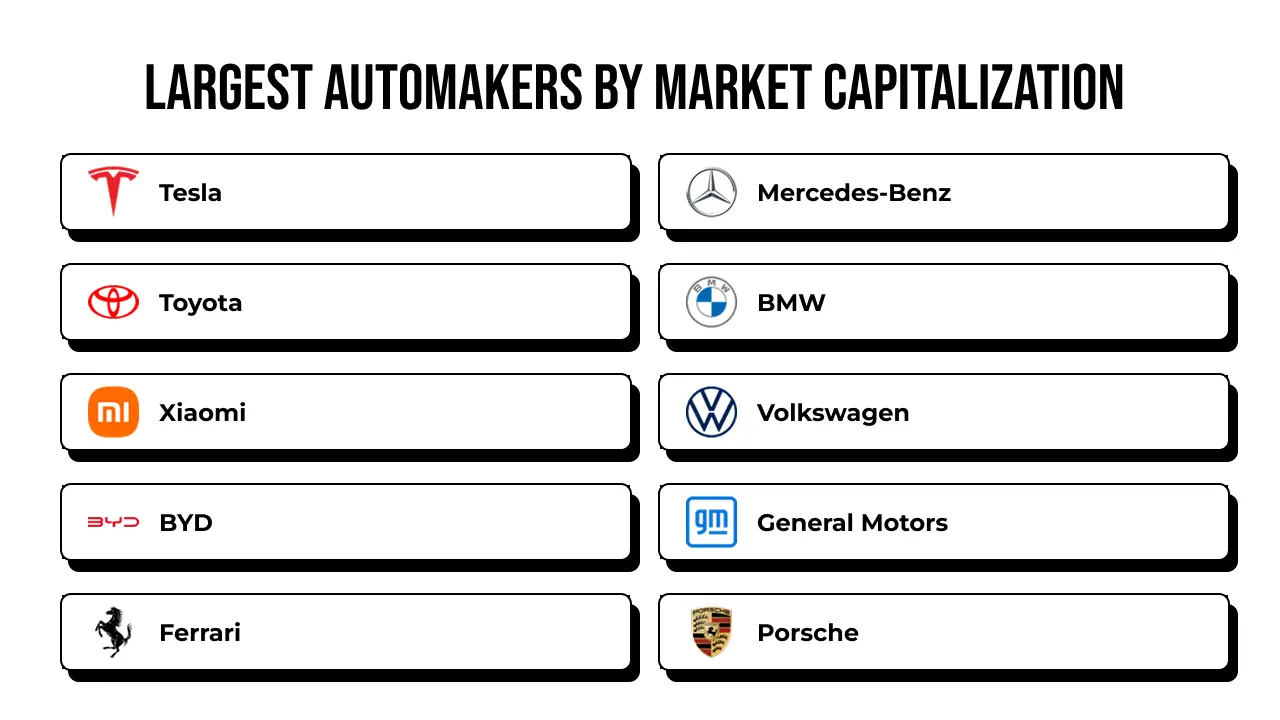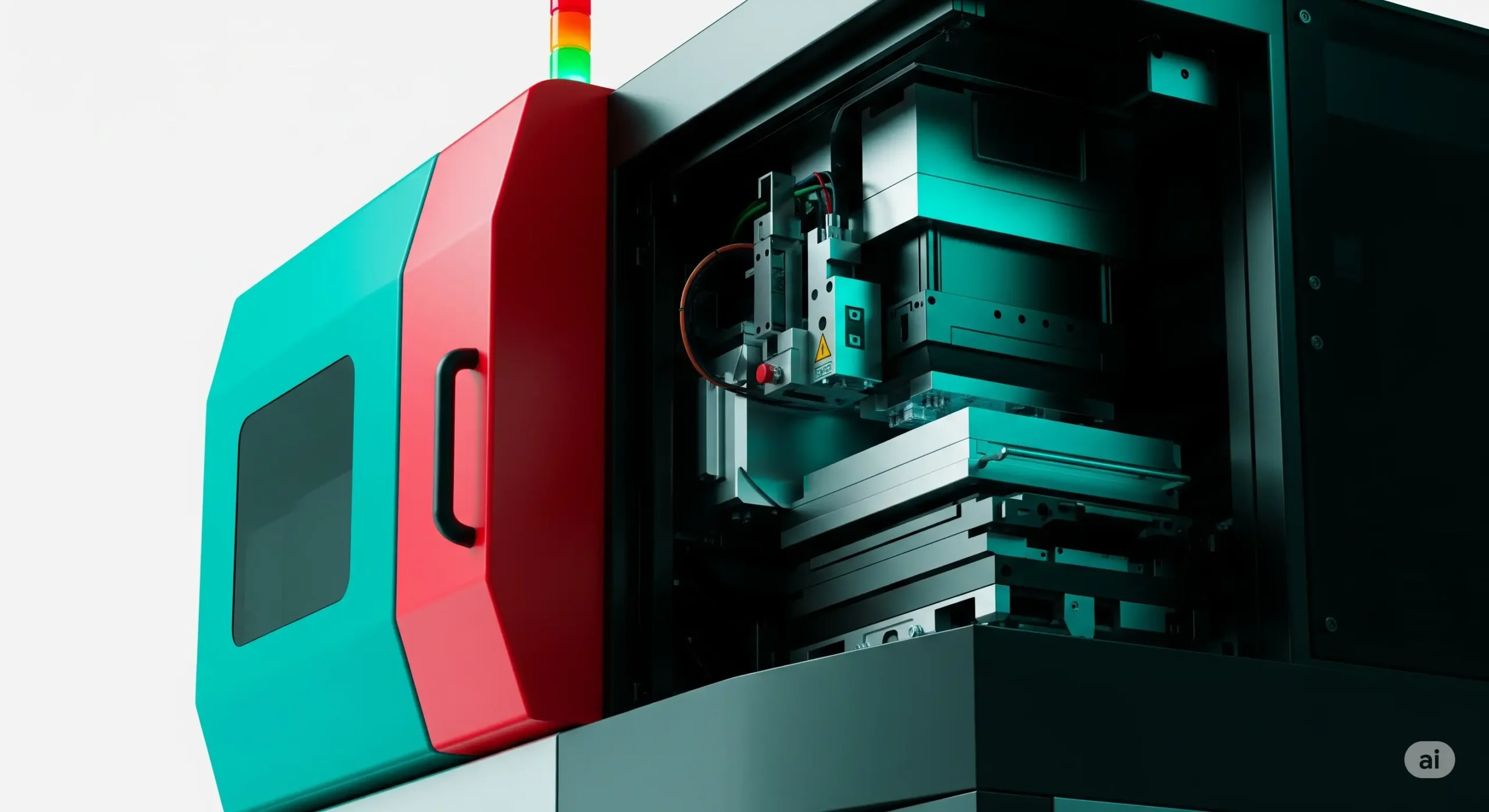I’ve been diving into the fascinating world of the baking enzymes market, and the numbers are impressive. This market, which plays a crucial role in enhancing the quality and efficiency of baked goods, was valued at approximately $0.8 billion in 2024. Projections suggest it will grow to around $1.2 billion by 2030, driven by a compound annual growth rate (CAGR) of about 6.5%. The surge is fueled by increasing consumer demand for high-quality, clean-label baked products and the rising popularity of convenience foods like bread and pastries. As someone who loves a perfectly baked loaf, I find it exciting to see how enzymes are transforming the industry, making production more sustainable and cost-effective. Factors like advancements in biotechnology and growing awareness of enzyme benefits in reducing processing time and improving texture are pushing this market forward. The global population’s growing appetite for bakery products, especially in developing regions, also contributes significantly to this upward trend.
Exploring the segments of the baking enzymes market, I’ve noticed how diverse its applications are. The market is divided into types like amylases, proteases, lipases, and others, with applications spanning bread, cakes, pastries, and biscuits. Among these, the bread segment holds the largest share, accounting for nearly 60% of the market in 2024. This dominance makes sense to me, given how bread is a staple in so many cultures worldwide. Amylases, which help break down starches to improve dough handling and shelf life, are the leading enzyme type, widely used for their versatility. The cakes and pastries segment is also growing steadily, driven by consumer interest in premium and artisanal products. I find it intriguing how these enzymes cater to specific needs, like improving softness in cakes or crispiness in biscuits, making them indispensable in modern baking.
When I looked into the key players shaping this market, a few names stood out. Companies like Novozymes, DuPont, and DSM are leading the charge, with Novozymes holding the largest market share due to its extensive portfolio and focus on innovation. Other notable players include AB Enzymes and Kerry Group, both of which are making significant strides in developing specialized enzyme solutions. I’m impressed by how these companies invest heavily in research to create enzymes that meet evolving consumer demands, like gluten-free or organic baked goods. Their global presence and strategic partnerships with bakeries give them a competitive edge, ensuring they stay ahead in this dynamic market.
The geographical landscape of the baking enzymes market is equally compelling. I’ve found that North America leads with the largest market share, driven by high consumption of baked goods and advanced baking technologies in the U.S. and Canada. Europe follows closely, with countries like Germany and France emphasizing quality and innovation in bakery products. The Asia-Pacific region, particularly China and India, is witnessing rapid growth due to urbanization and changing dietary habits. I’m particularly struck by how emerging economies are embracing baking enzymes to meet the rising demand for processed foods, making this region a hotspot for future growth.
Looking at the latest innovations, I’m excited by the trends shaping the baking enzymes market. Recent advancements include the development of non-GMO and organic enzymes, catering to the clean-label trend that I, like many consumers, appreciate. Companies are also exploring enzyme blends that enhance gluten-free baking, addressing dietary restrictions. Another trend catching my eye is the use of enzymes to reduce acrylamide formation in baked goods, improving food safety. These innovations reflect a broader shift toward sustainability and health-conscious baking, which I believe will define the market’s future.

